

- RFQ
- BOM
-
Contact Us
Tel: +86-0755-83501315
Email: sales@sic-components.com
- Chinese
- English
- French
- German
- Portuguese
- Spanish
- Russian
- Japanese
- Korean
- Arabic
- Irish
- Greek
- Turkish
- Italian
- Danish
- Romanian
- Indonesian
- Czech
- Afrikaans
- Swedish
- Polish
- Basque
- Catalan
- Esperanto
- Hindi
- Lao
- Albanian
- Amharic
- Armenian
- Azerbaijani
- Belarusian
- Bengali
- Bosnian
- Bulgarian
- Cebuano
- Chichewa
- Corsican
- Croatian
- Dutch
- Estonian
- Filipino
- Finnish
- Frisian
- Galician
- Georgian
- Gujarati
- Haitian
- Hausa
- Hawaiian
- Hebrew
- Hmong
- Hungarian
- Icelandic
- Igbo
- Javanese
- Kannada
- Kazakh
- Khmer
- Kurdish
- Kyrgyz
- Latin
- Latvian
- Lithuanian
- Luxembou..
- Macedonian
- Malagasy
- Malay
- Malayalam
- Maltese
- Maori
- Marathi
- Mongolian
- Burmese
- Nepali
- Norwegian
- Pashto
- Persian
- Punjabi
- Serbian
- Sesotho
- Sinhala
- Slovak
- Slovenian
- Somali
- Samoan
- Scots Gaelic
- Shona
- Sindhi
- Sundanese
- Swahili
- Tajik
- Tamil
- Telugu
- Thai
- Ukrainian
- Urdu
- Uzbek
- Vietnamese
- Welsh
- Xhosa
- Yiddish
- Yoruba
- Zulu
- Kinyarwanda
- Tatar
- Oriya
- Turkmen
- Uyghur
Timer ICs
Timer integrated circuits (Timer ICs) are specialized semiconductor devices crucial for time - related functions in electronic circuits. They measure intervals, generate signals, and trigger events with high accuracy, enabling component coordination. In today's electronics, precision and synchronization are vital. This article comprehensively covers Timer ICs' concepts, principles, types, features, applications, design aspects, and future trends, providing valuable insights for enthusiasts, engineers, and those curious about digital technology.
Fundamental Concepts
To understand Timer ICs, it is essential to grasp some fundamental concepts. Time intervals are the cornerstone of timer operation, representing the duration between two events. Timer ICs are designed to measure, generate, or control these intervals with high precision. Counting is another key concept, as Timer ICs typically use a counting mechanism to keep track of time. This can involve counting clock cycles from an internal or external clock source, with each cycle representing a fixed unit of time.
Triggering mechanisms are also crucial. These determine when the timer starts, stops, or generates an output signal. Triggers can be initiated by various events, such as an electrical signal, a change in voltage, or a software command. The ability to accurately control triggering is what allows Timer ICs to synchronize different components within an electronic system. For example, in a digital camera, a Timer IC can be triggered by the press of the shutter button to start a countdown for the self - timer function or to precisely control the exposure time.
Working Principles
Timer ICs operate by leveraging clock sources, which can be either internal or external to the chip. An internal clock source is typically a simple oscillator circuit integrated within the IC, while an external clock source, such as a crystal oscillator, can offer higher accuracy and stability. The clock source generates a series of regular pulses, and the Timer IC counts these pulses to measure time intervals.
The process begins with setting the timer value, which determines the desired time interval. This can be done through software programming, hardware configuration, or a combination of both. Once the timer is set, it starts counting the clock pulses. When the count reaches the pre - set timer value, a triggering event occurs. This can result in the generation of an output signal, such as a pulse or a change in voltage level, which can be used to control other components in the circuit.
Clock accuracy and stability are of utmost importance for the proper functioning of Timer ICs. Even a slight deviation in the clock frequency can lead to significant errors in time measurement over longer intervals. For applications that require high - precision timing, such as telecommunications or scientific research, external crystal oscillators with tight frequency tolerances are often used to ensure accurate and consistent operation of the Timer ICs.
Types of Timer ICs
Based on Functionality
Monostable Timers
Monostable timers, also known as one - shot timers, are designed to generate a single output pulse of a fixed duration in response to a trigger event. In their normal state, they remain in a stable condition, and upon receiving a trigger signal, they transition to an unstable state for a pre - determined period. Once the time interval has elapsed, the timer automatically returns to its stable state.
This type of timer is commonly used in applications where a short, precisely timed pulse is required. For instance, in a debouncing circuit for a mechanical switch, a monostable timer can be triggered when the switch is pressed. The timer then generates a clean, single - pulse output, eliminating the electrical noise (bouncing) that typically occurs when the switch contacts make and break, ensuring a reliable signal for the rest of the circuit.
Astable Timers
Astable timers continuously generate a periodic output signal without the need for an external trigger. They oscillate between two states, producing a square - wave or other periodic waveform. The frequency of the output signal is determined by the values of external resistors and capacitors connected to the timer IC, which control the charging and discharging times of the internal circuitry.
Astable timers are widely used for generating clock signals in digital circuits, creating LED flashers, and producing tone - generating circuits. In a simple LED flasher circuit, an astable timer can be configured to turn an LED on and off at a specific frequency, creating a blinking effect. In more complex systems, they serve as the clock source for microcontrollers and other digital components, providing the rhythmic pulses that drive their operation.
Bistable Timers
Bistable timers, often implemented as flip - flop circuits, can maintain two stable states: a high state and a low state. They change their state based on external trigger inputs, such as a rising or falling edge of a signal. Once triggered, the timer remains in the new state until another trigger event occurs.
Bistable timers are fundamental building blocks in digital logic circuits and memory applications. In a digital memory cell, a bistable timer (flip - flop) can store a single bit of data, representing either a 0 or a 1. They are also used in sequential logic circuits to remember the state of a system, enabling functions such as counting, shift register operations, and state - machine implementations.
Based on Technology and Integration
Discrete Timer ICs
Discrete Timer ICs are individual components that can be easily integrated into electronic circuits. They offer a high degree of flexibility, as they can be selected and configured based on the specific requirements of a particular design. These ICs typically come with a set of pins for connecting to external components, such as resistors, capacitors, and power supplies, which are used to customize their functionality.
Discrete Timer ICs are suitable for a wide range of applications, from simple hobby projects to professional - grade electronics. For example, in a homemade electronic timer for a model train layout, a discrete timer IC can be used to control the speed and duration of the train's movement. They are also commonly used in prototyping, where quick and easy implementation of timing functions is required without the need for complex integration.
Integrated Timer ICs with Microcontrollers
In modern embedded systems, timer functions are often integrated directly into microcontroller units (MCUs). This integration offers several advantages, including enhanced functionality, reduced component count, and improved system performance. Microcontrollers with integrated timers can be programmed using software languages, allowing for highly flexible and customizable timing solutions.
These integrated timers can be used for a variety of tasks, such as generating PWM (Pulse - Width Modulation) signals for motor control, measuring the time intervals between external events, and implementing time - based interrupts. For instance, in a smart home lighting system, a microcontroller with an integrated timer can be used to adjust the brightness of LED lights using PWM signals, and to schedule the lights to turn on and off at specific times of the day.
System - on - Chip (SoC) Timer ICs
System - on - Chip (SoC) technology has revolutionized the electronics industry by integrating multiple functions, including timers, within a single chip. SoC - based Timer ICs combine the timer functionality with other components such as processors, memory, and communication interfaces, resulting in a highly compact and efficient solution.
The advantages of SoC - based Timer ICs are significant. They reduce the overall system size, power consumption, and cost, making them ideal for applications where space and efficiency are critical, such as in mobile devices, wearable technology, and Internet of Things (IoT) devices. For example, in a smartwatch, an SoC with integrated timers can manage the device's timekeeping, control the display backlight, and handle the timing of wireless communication protocols, all in a single, small - form - factor chip.
Features and Characteristics
Accuracy and Precision
The accuracy and precision of Timer Integrated Circuits (Timer ICs) are affected by various factors. The stability of the clock source is crucial, as any fluctuations in the clock frequency will directly impact time measurement. Temperature variations can also change the characteristics of internal components such as resistors and capacitors, leading to timing errors. Manufacturing tolerances in the production process can cause slight differences in the performance of individual Timer ICs.
To improve accuracy, different techniques are applied. Calibration methods can be used to fine-tune the operation of the timer, compensating for any inherent inaccuracies. In scenarios with high-precision requirements, high-precision clock sources like crystal oscillators with low-tolerance frequency characteristics are often employed. Some Timer ICs are also equipped with temperature-compensation circuits, which adjust the timer's operation according to the ambient temperature to ensure stable performance across a wide temperature range.
Power Consumption
Power consumption is an important consideration, especially in low-power applications such as those powered by batteries. Timer ICs have energy-saving features. For example, in the sleep mode, the timer enters a low-power state when it is not actively counting or generating output signals, significantly reducing power consumption and extending battery life.
In addition, energy-saving architectures such as dynamic voltage scaling and clock gating are also used. Dynamic voltage scaling adjusts the supply voltage to the Timer IC based on its workload. When the timer operates at a lower performance level, the power consumption is reduced. Clock gating turns off the clock signal to the timer when it is not needed, further reducing power consumption. These design strategies enable Timer ICs to operate efficiently in various power-constrained environments.
Programmability and Flexibility
Programmability is one of the core features of Timer ICs. Users can configure parameters such as time intervals, triggering conditions, and output modes to meet the specific requirements of different applications. This can be achieved through software programming languages such as C or assembly, or through hardware configuration methods such as setting jumpers or using registers.
This flexibility makes Timer ICs suitable for a wide range of scenarios. In a multimedia player, for example, a Timer IC can be programmed to control the playback speed of audio and video files, adjust the volume, and achieve fade-in and fade-out effects. In an industrial control system, the same Timer IC can be reconfigured to sequence the operation of different machines, monitor production cycles, and trigger alarms based on time-based events.
Applications of Timer ICs
Consumer Electronics
Smartphones and Tablets: Timer ICs are used to control screen timeout, saving power and protecting the screen; monitor battery charging and discharging to optimize battery life; synchronize audio and video streams, and control media content buffering to provide a smooth playback experience.
Home Appliances: In washing machines, they control the duration of each washing stage; in microwave ovens, they precisely control cooking time and power; in air conditioners, they turn the units on and off at set times, adjust temperature and fan speed, enhancing convenience and energy efficiency.
Wearable Devices: In smartwatches and fitness trackers, Timer ICs are used for activity tracking (calculating workout duration, intervals between steps or heartbeats), sleep monitoring (recording sleep stages), and setting alarms. They can also synchronize the device's clock.
Industrial Automation
Process Control: In chemical and food processing plants, Timer ICs control the inflow of raw materials, the duration of reactions, monitor equipment parameters, ensure product quality, and schedule equipment cleaning and maintenance.
Machine Monitoring and Maintenance: They record machine operating time, predict maintenance needs, and detect faults and trigger alarms by monitoring operation times.
Robotics: Timer ICs precisely control the movement speed and acceleration of robotic arms and other components, coordinate the actions of multiple components, ensure smooth production processes, and safeguard the safety of robotic systems.
Automotive Electronics
Engine Control Units (ECUs): Timer ICs precisely control the opening and closing of engine valves, fuel injection, and ignition timing, improving engine performance, reducing fuel consumption and emissions.
In-Vehicle Infotainment Systems: They synchronize audio and video playback, control the timing of navigation instructions, manage system power consumption, and facilitate communication between subsystems.
Safety Systems: In Anti-lock Braking Systems (ABS), Timer ICs monitor wheel rotation speed and control brake hydraulic pressure; in Electronic Stability Control (ESC) systems, they detect and correct vehicle skidding; in airbag deployment systems, they precisely control the inflation time of airbags.
Communication Systems
Networking Equipment: In routers, switches, and servers, Timer ICs are used for clock synchronization, packet timing, and network management, optimizing network performance and scheduling maintenance tasks.
Wireless Communication: In cellular networks, they control the timing of signal transmission and reception to ensure seamless handovers; in Wi-Fi networks, they manage data packet transmission times for energy savings; in Bluetooth technology, they control frequency hopping times to avoid interference.
Satellite Communication: Timer ICs on satellites generate high-precision time references for tasks such as signal modulation. In Global Positioning Systems (GPS), they provide time stamps for position determination and are also used for the synchronization of satellite data transmission and network management.
Design Considerations and Challenges
High-Frequency and High-Precision Requirements: The demand for high-frequency and high-precision timing in modern electronic systems poses challenges to the design of Timer ICs, especially in applications such as high-speed data communication, high-performance computing, and advanced measurement systems. At high frequencies, issues like signal integrity, electromagnetic interference, and clock skew become more prominent, leading to errors in time measurement and synchronization, as well as system failures. Designers need to employ high-speed PCB design techniques (such as impedance matching and differential signaling), shielding and grounding strategies, high-precision clock sources, and advanced timing algorithms to address these challenges.
Compatibility and Interoperability: Ensuring the compatibility and interoperability of Timer ICs is a major challenge when integrating components and devices from different manufacturers in complex electronic systems. Different Timer ICs may have varying electrical characteristics, such as voltage requirements, input/output levels, and timing specifications. Improper integration can result in issues like signal mismatches, power supply conflicts, and timing errors. Compatibility and coordinated operation among components can be ensured through the establishment of standards and protocols, as well as through design verification and testing.
Reliability and Robustness: Guaranteeing the reliability and robustness of Timer ICs in harsh environments is also a challenge. Environmental factors such as high temperature, humidity, vibration, and electromagnetic interference can affect their performance and reliability, causing problems such as inaccurate timing, component damage, and circuit failures. Designers can use high-quality materials and components, implement thermal management strategies, adopt shielding and encapsulation technologies, and conduct reliability tests (such as high-temperature aging tests, humidity tests, and vibration tests) to enhance their reliability and robustness.
Timer ICs Future Trends
In the future, the technology of Timer Integrated Circuits (Timer ICs) will develop in multiple directions. In terms of technological advancements, there is a trend towards miniaturization and integration. Nanometer - scale manufacturing and System - on - Chip (SoC) technologies will help reduce size and enhance performance. Low - power design will receive significant attention, with new materials and energy - saving technologies reducing energy consumption. High - precision timing will become crucial, and new clock source technologies and algorithms will meet stringent requirements. In emerging application fields, the development of the Internet of Things (IoT), Artificial Intelligence (AI), Machine Learning (ML), and quantum computing will enable Timer ICs to play important roles in device synchronization and operation control, and the demand for them is expected to increase significantly.
Timer ICs have become indispensable in modern electronics, fundamental for generating time - based signals and synchronizing components across diverse industries. Their varied types, categorized by function and integration, offer tailored solutions. Key features like accuracy, low power, and programmability enhance versatility. However, design challenges remain, including high - precision requirements and reliability issues. In the future, trends such as miniaturization and emerging applications in IoT, AI, and quantum computing will further elevate their significance, driving the evolution of electronics.
SIC Electronic Component is a professional supplier of timer ICs, focusing on providing high-quality and high-performance timer IC products. SIC timer ICs are suitable for most situations where the "555 timer" is specified for use. The low-power versions have the same pin configuration. However, their maximum output current is much lower, so they should only be used in the specified scenarios (to extend battery life). SIC timer ICs can be used in a variety of circuits, such as astable circuits, monostable circuits, bistable circuits, and buffer circuits. The timer ICs can generate square waves, which are used to control LED blinking, produce sounds, drive counters, and so on.
If you are interested in our timer ICs, please create a quotation request or send us an email so that we can expedite your order. We uphold the principles of integrity, friendliness, and professionalism. We always prioritize quality and our customers.
https://www.sic-components.com/integrated-circuits-ics

Hot Products
View MoreRelated Blogs

2000+
Daily average RFQ Volume

30,000,000
Standard Product Unit

2800+
Worldwide Manufacturers

15,000 m2
In-stock Warehouse



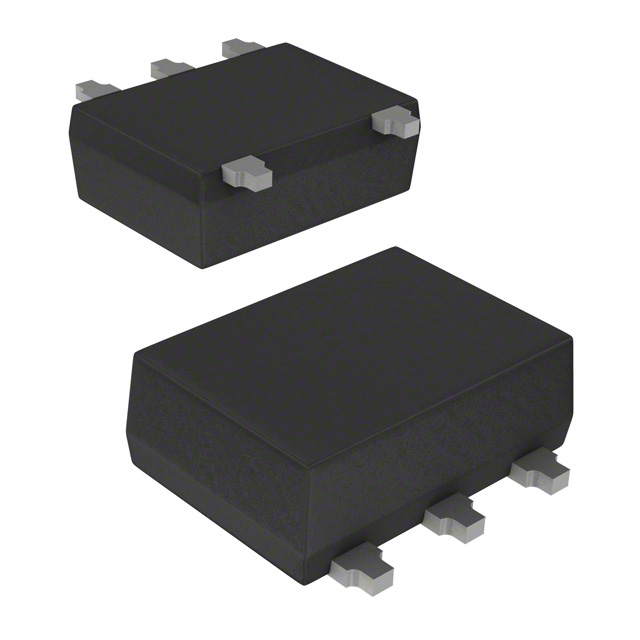
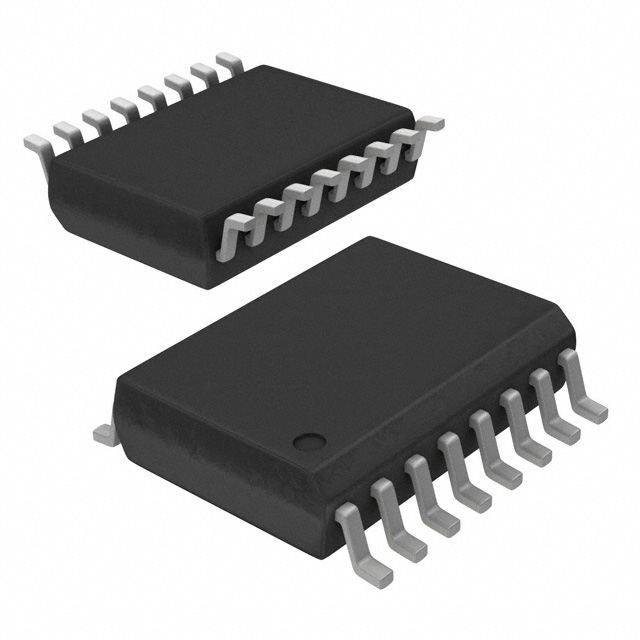

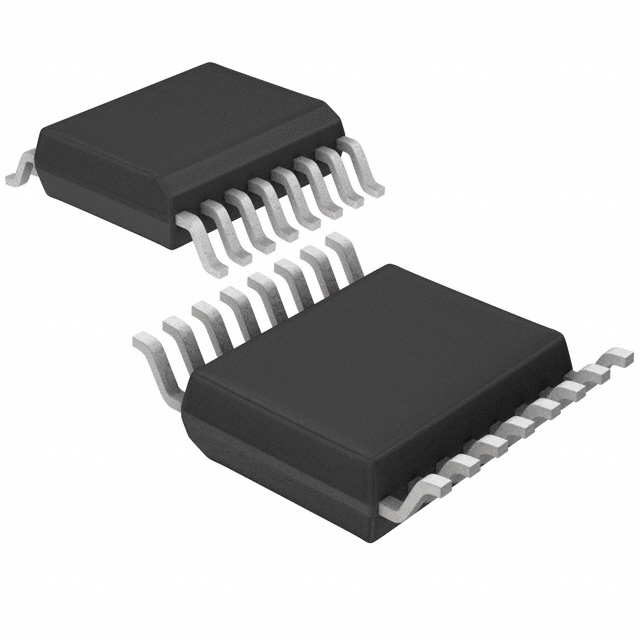



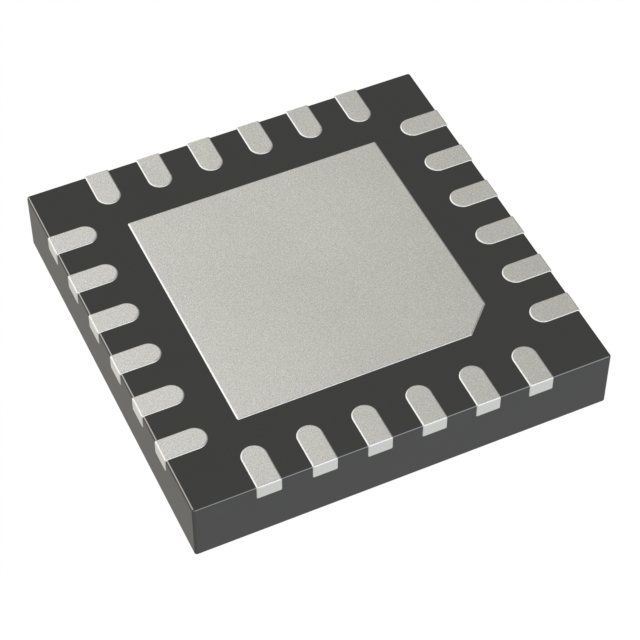
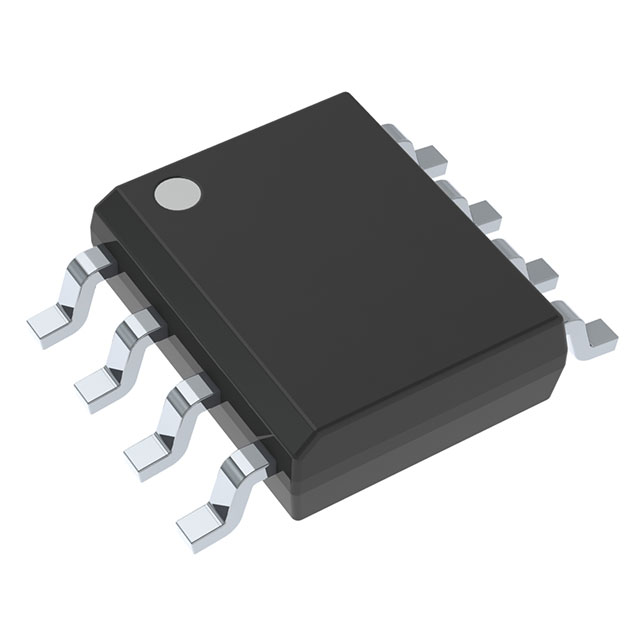
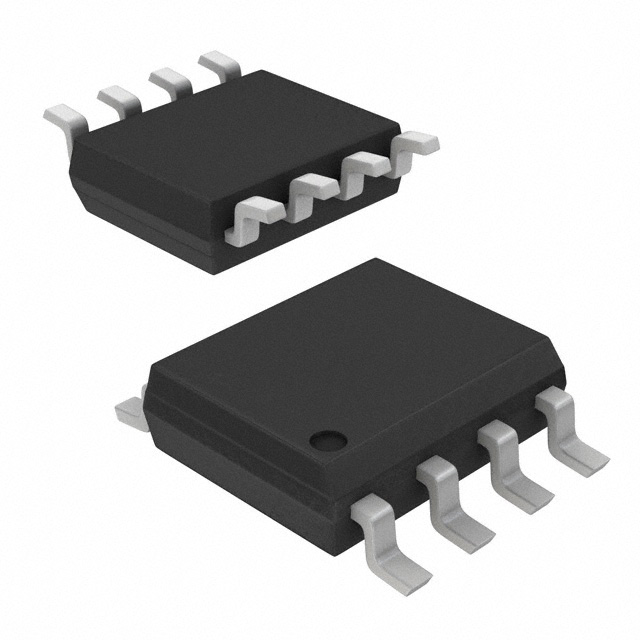
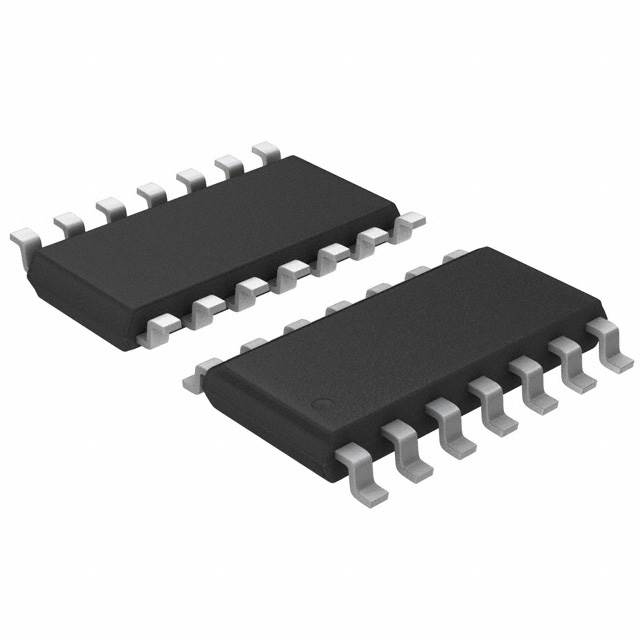
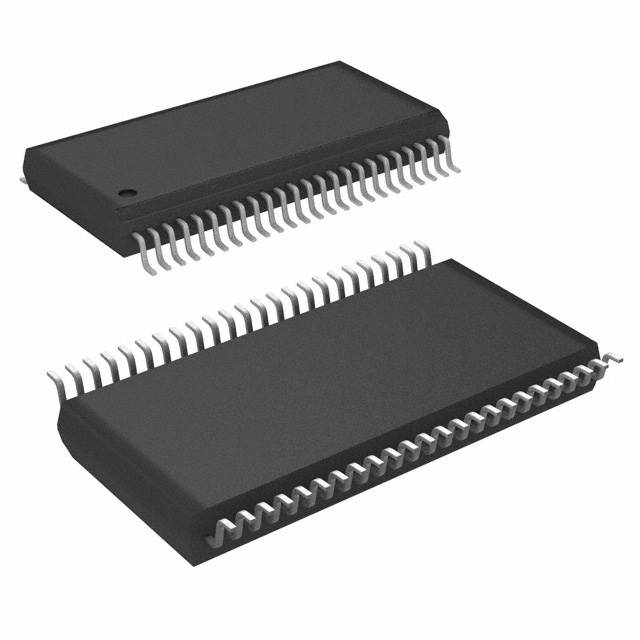
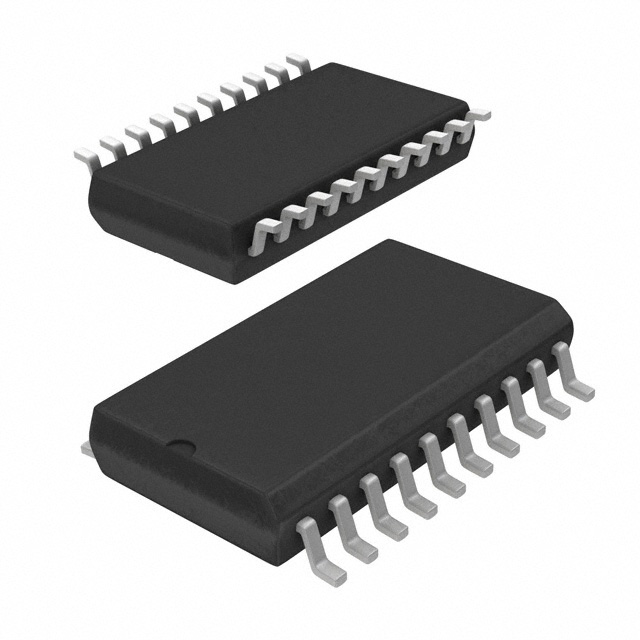
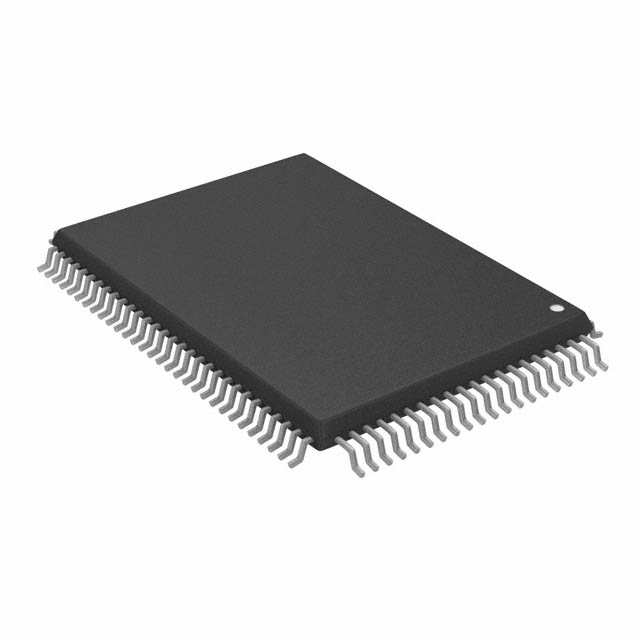
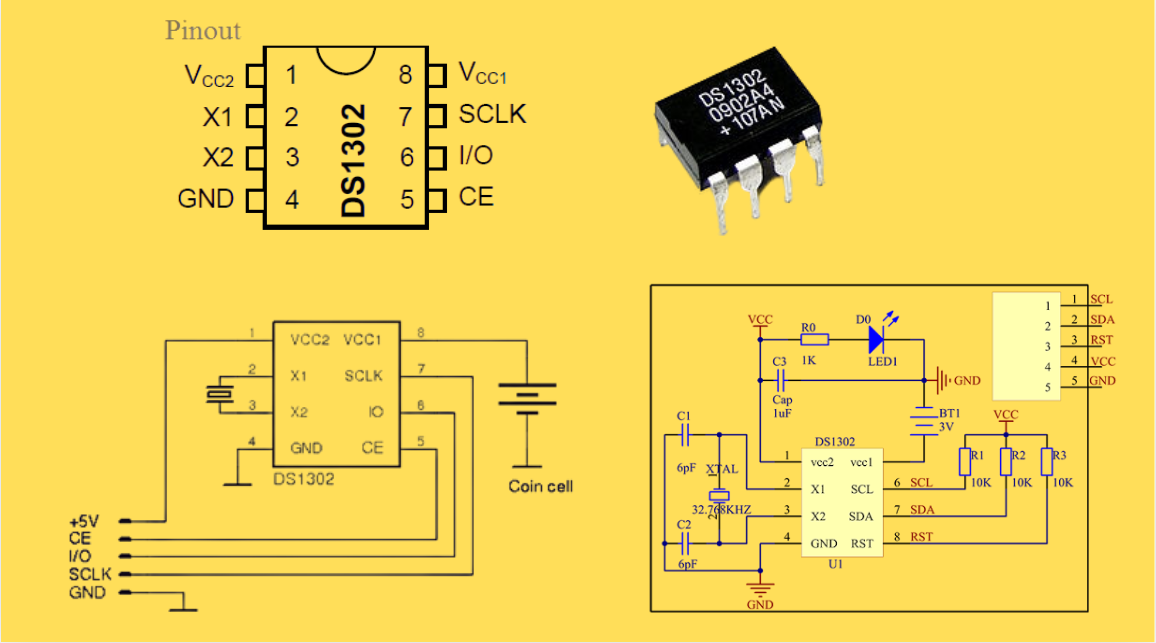
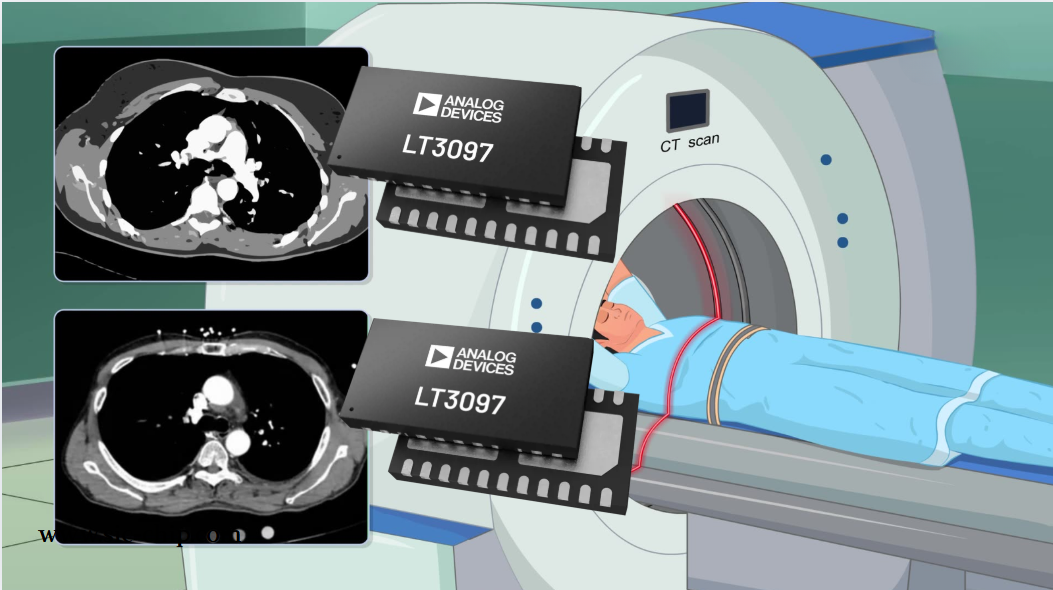
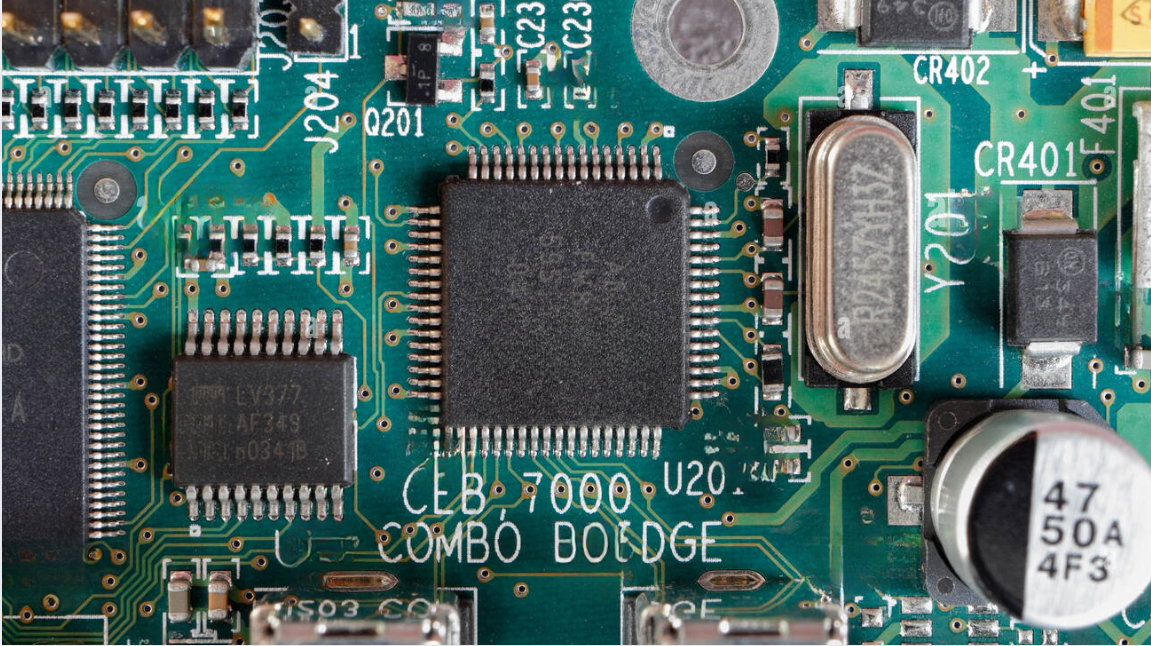
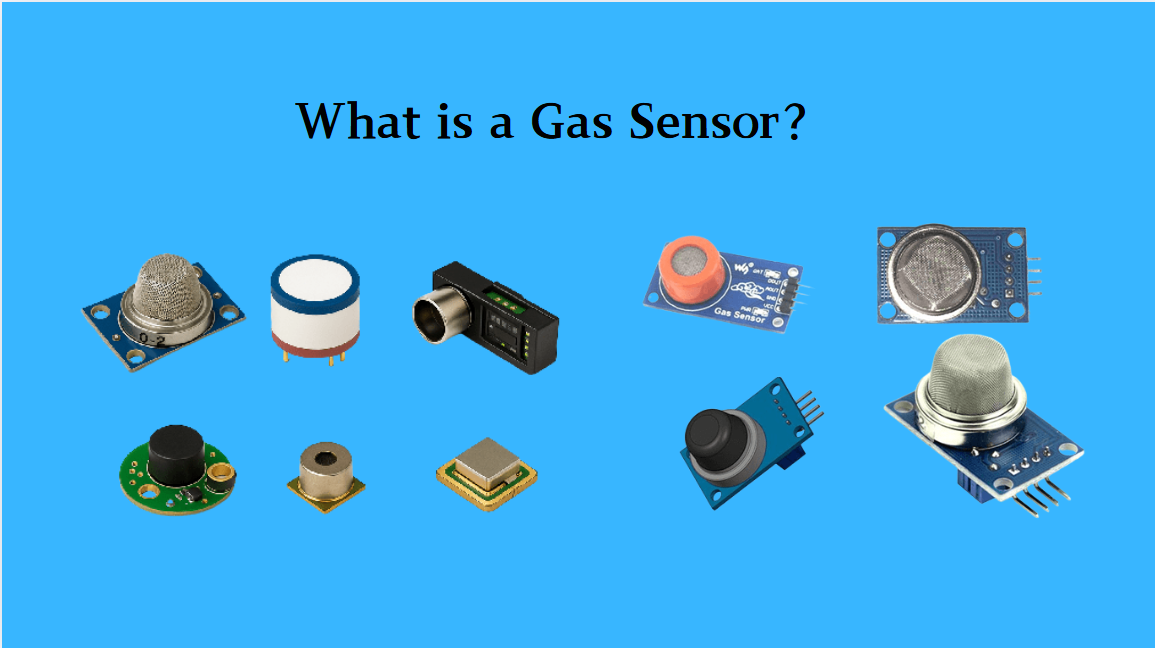
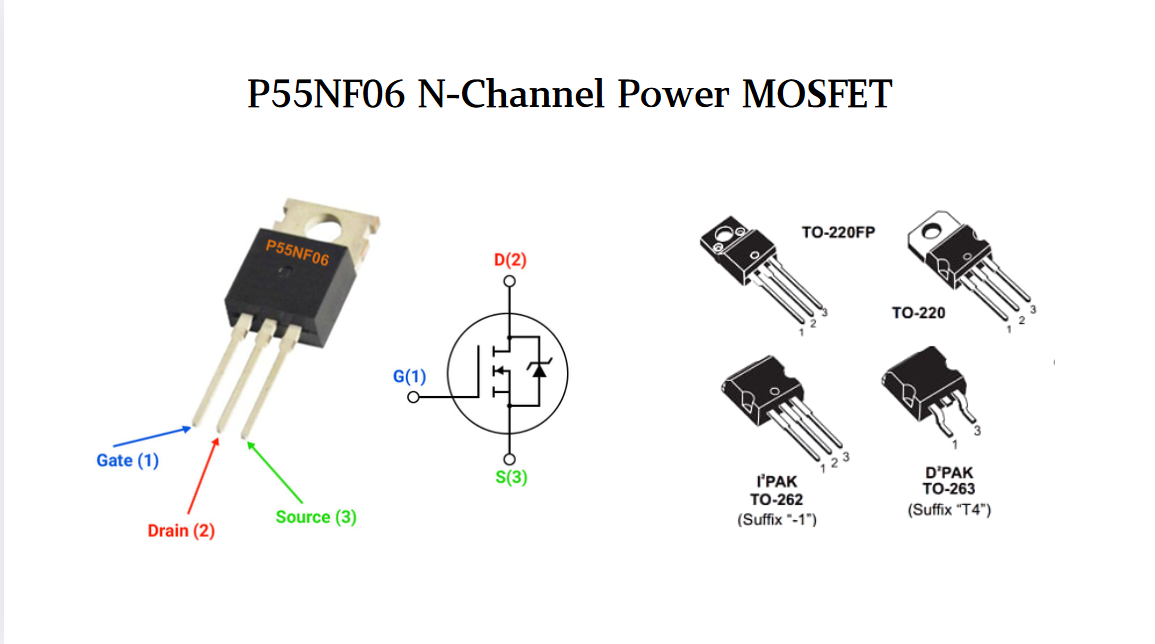
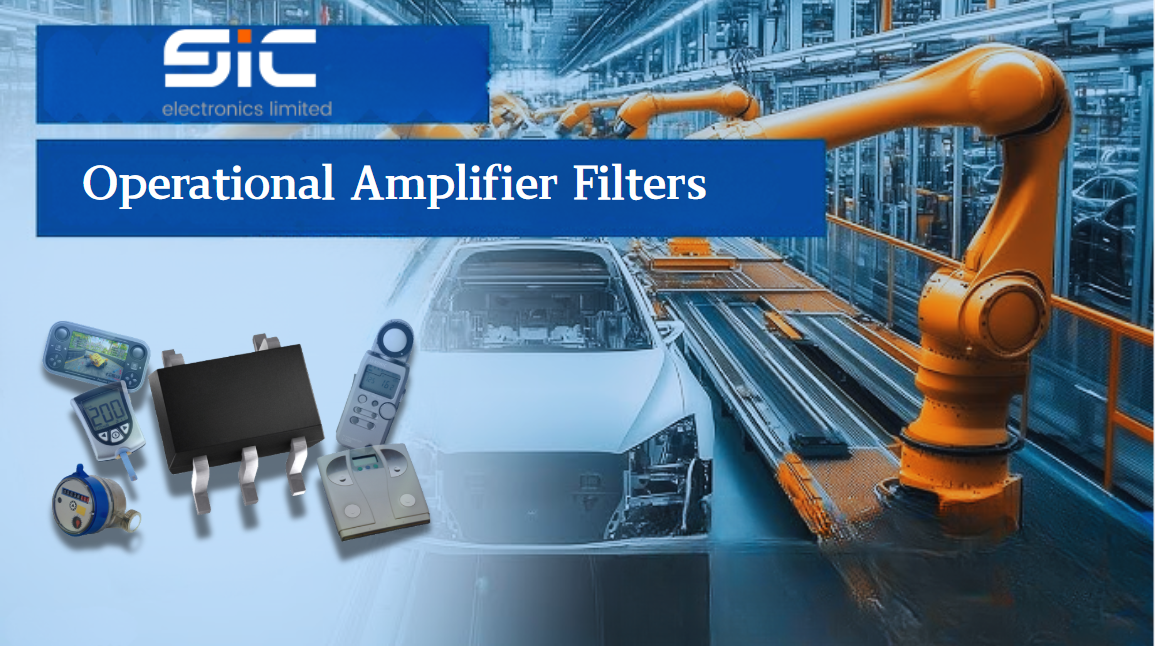
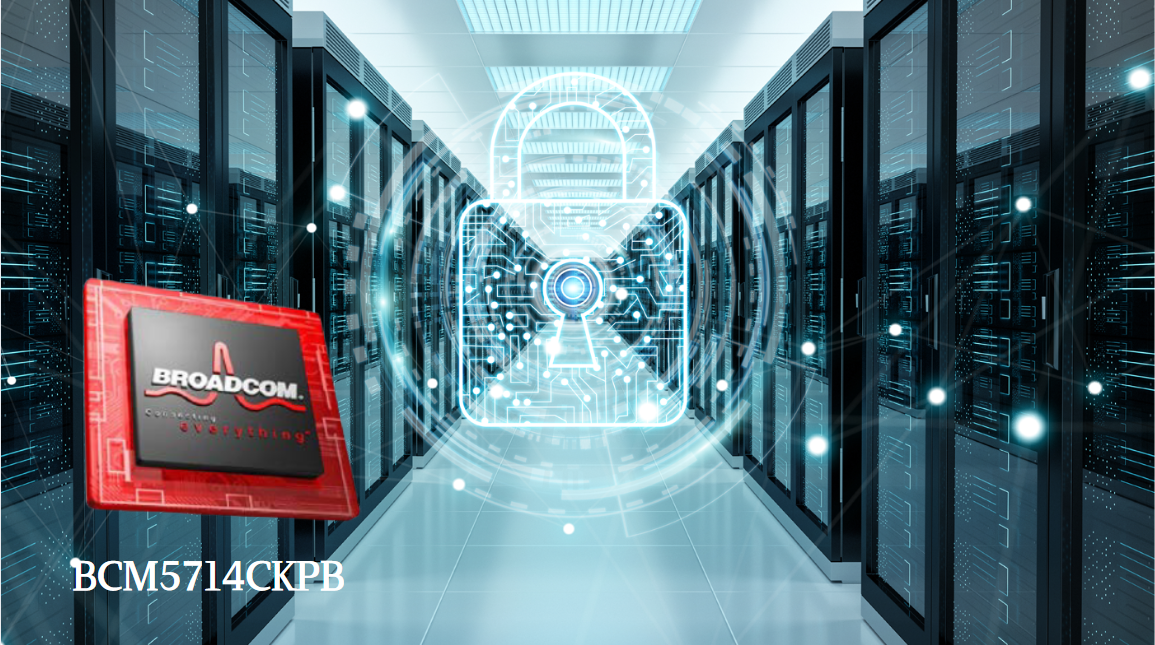
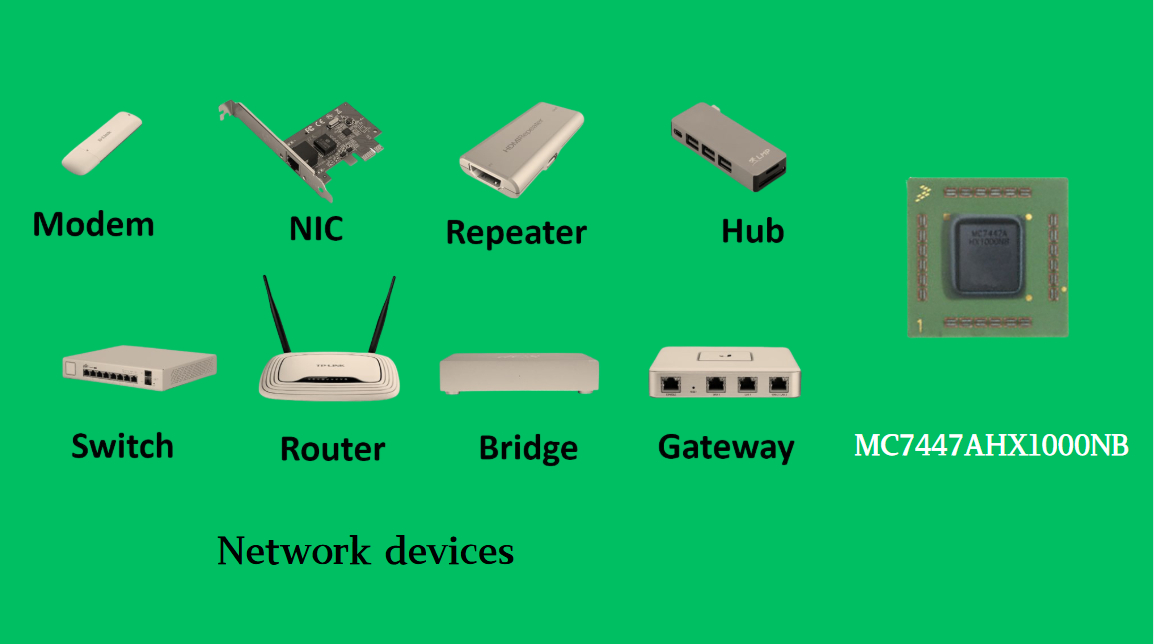
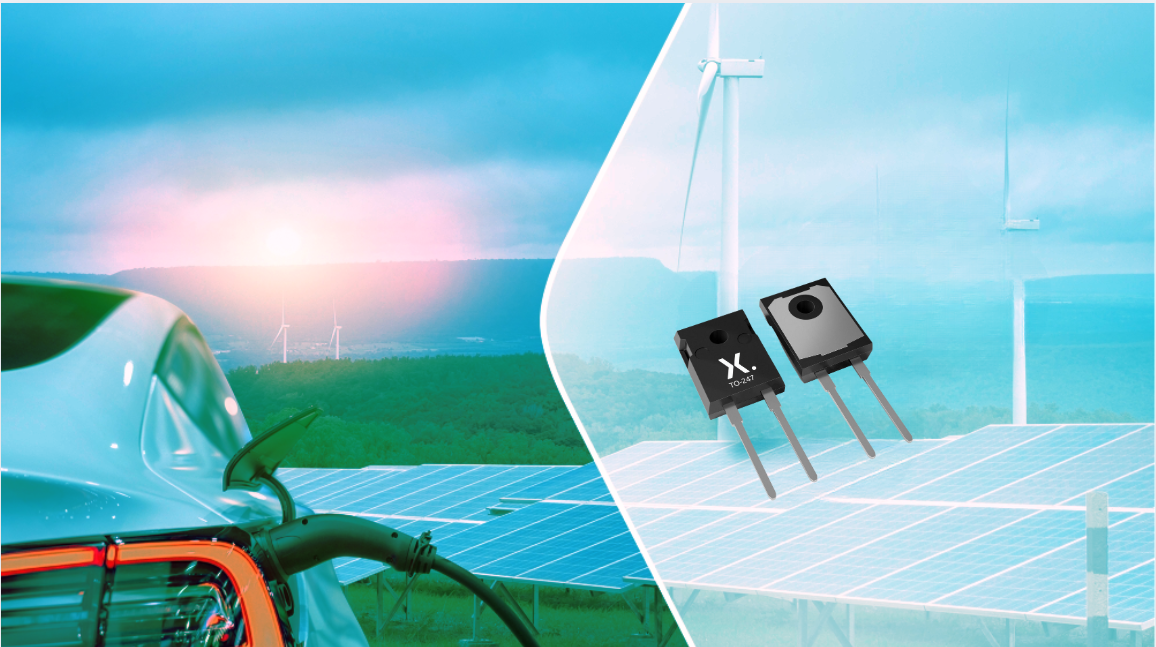
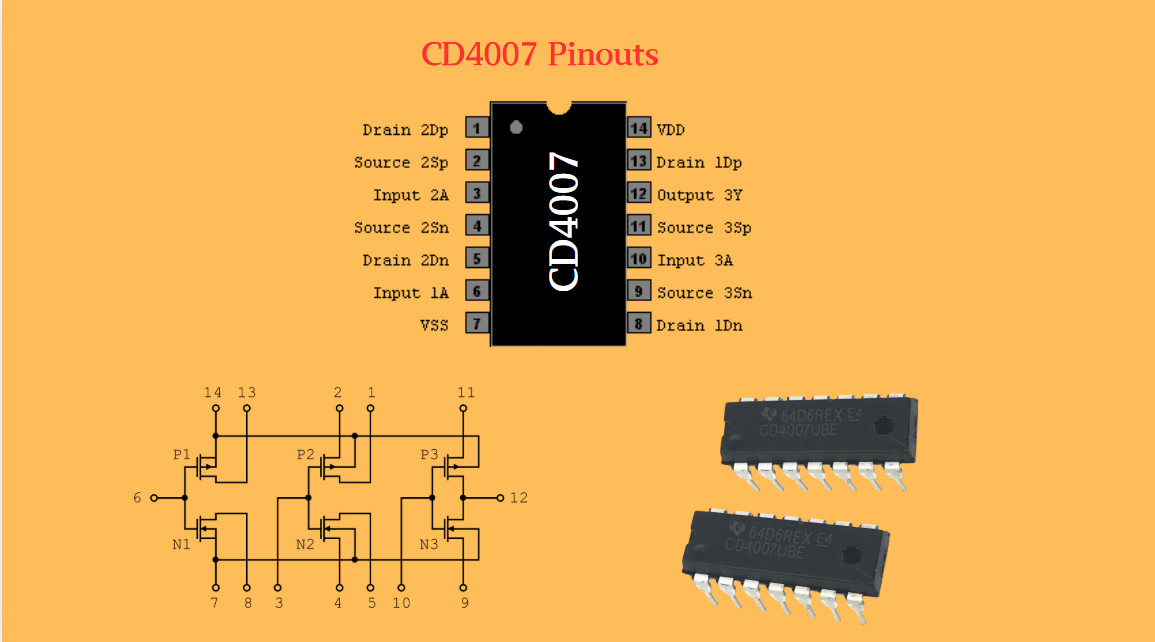
 Wishlist (0 Items)
Wishlist (0 Items)